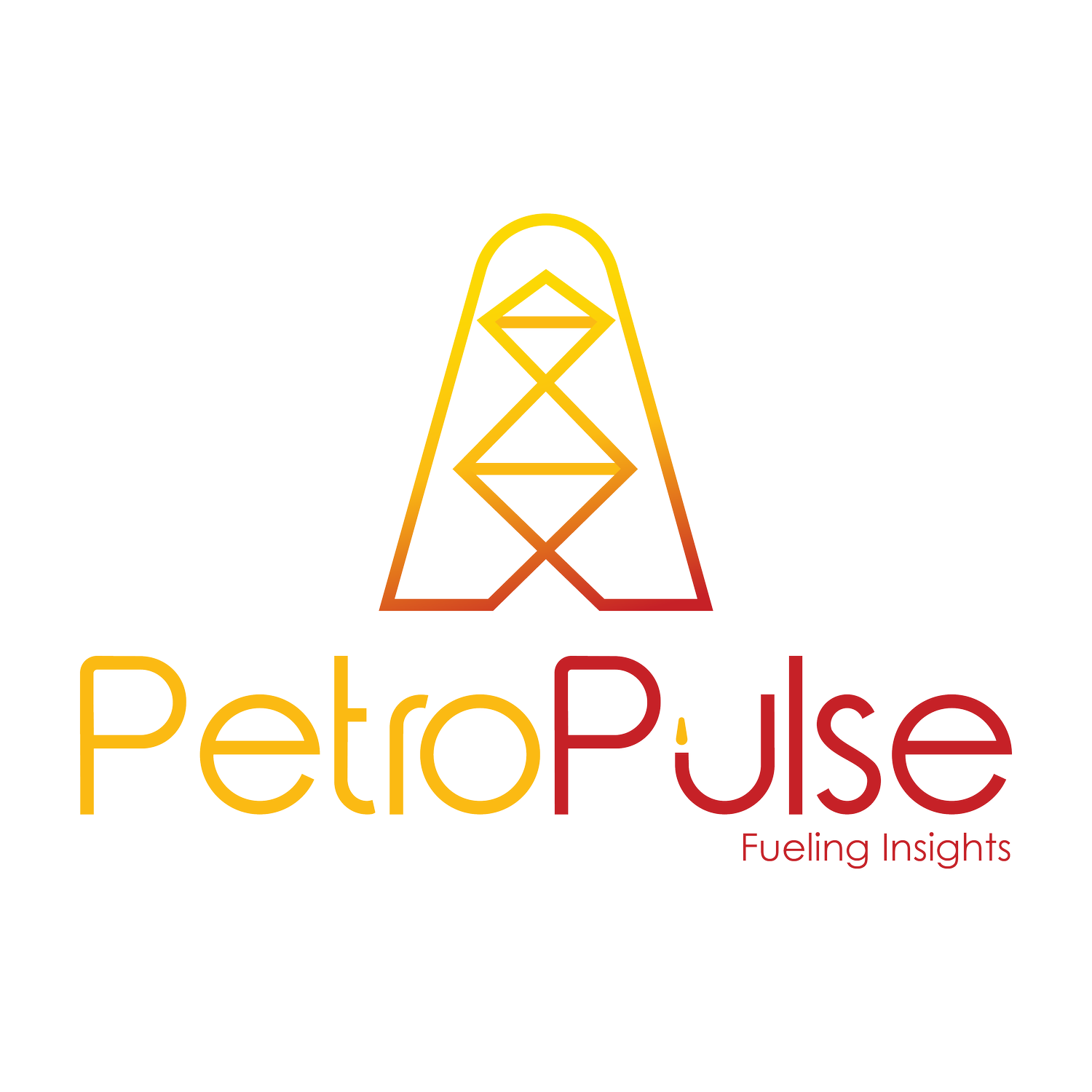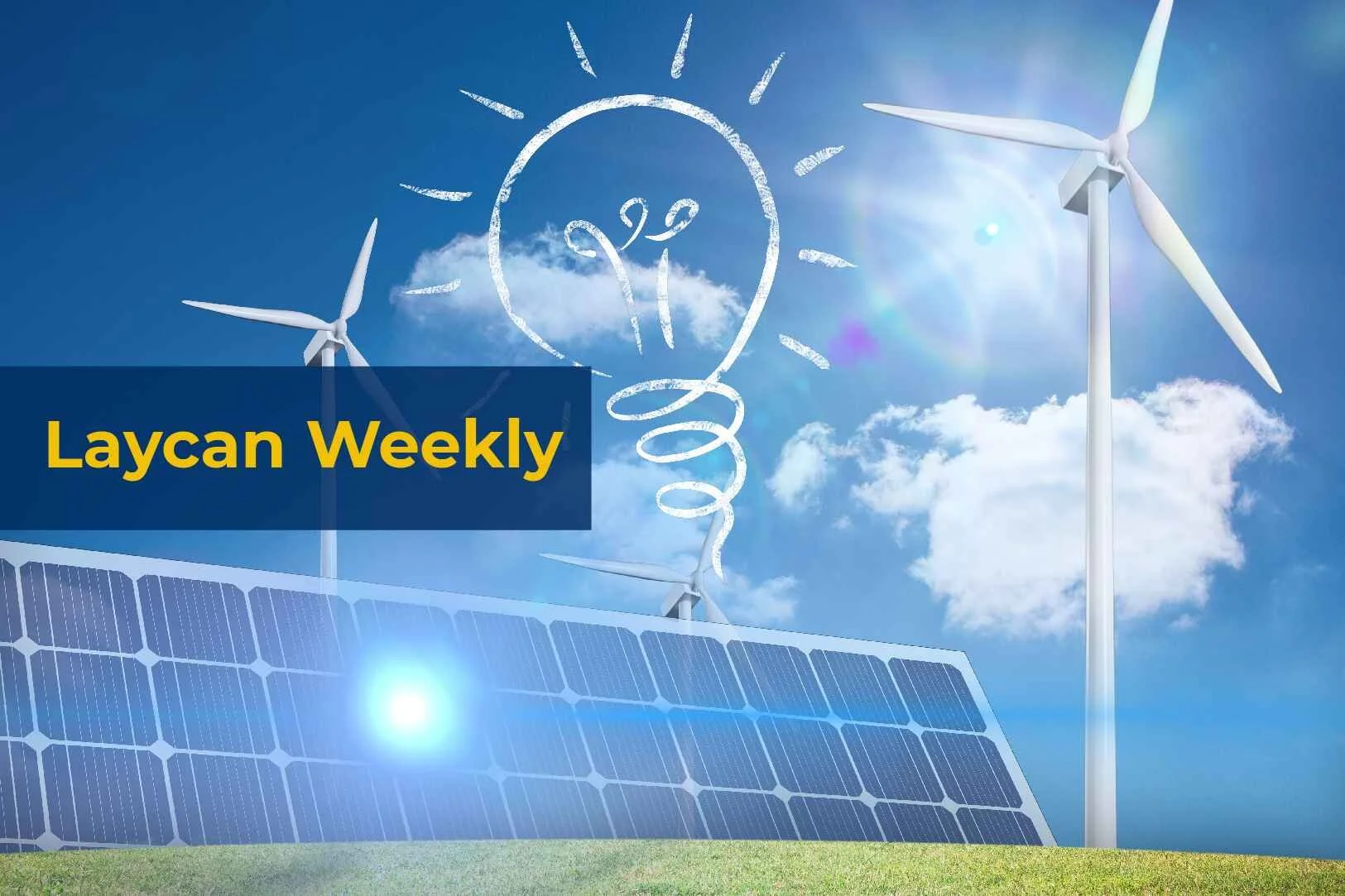Power Shifts: Ghana, Africa and the Global Energy Map
Ghana’s energy story is moving from talk to execution. The Ministry of Energy confirmed 500 MW of new solar, wind, and biomass by year-end, raising renewables’ share from 5.2% to 14%. Bui Power Authority’s mini-plants and AfDB-backed solar in the north mark a decisive pivot. Hemang’s 60 MW hydro contract adds firm baseload, while GRIDCo’s 330 kV line tender from Kumasi to Bolgatanga provides the missing transmission backbone to move power south. For the first time, generation and grid expansion are aligned.
Across Africa, finance and ownership are shifting. Angola’s $1.05 billion Block 17 stake sale to Senegal’s PETROSEN signals regional consolidation, watched closely by GNPC. Tanzania’s deal with TotalEnergies for a 1 GW offshore wind farm, financed by a euro bond in Nairobi, sets a template Ghana may adapt for its Ada offshore zone. The African Development Bank counts 43 GW of renewables now under construction, momentum that endures despite tighter finance.
Gas flows are being rewired. The IEF’s Africa Gas Flare Initiative will commercialise 15 bcm a year; Ghana’s Jubilee and TEN partners pledged 30 mmscf/d for the domestic market by 2027, a wedge against LNG imports. PetroChina’s LNG contracts earmark supply for Tema from 2026, binding Ghana more tightly to Atlantic Basin price shifts. In the downstream market, Dangote refinery exported its first Euro-V diesel cargo to Ghana, reversing traditional flows and displacing 120 kt of European imports annually, already narrowing price differentials.
Global currents deepen the picture. The IEA projects $3.6 trillion in energy investment this year, with 68% directed to clean energy. OPEC raised its oil demand outlook, citing Nigeria’s Dangote and Kuwait’s Al-Zour refineries. Chevron sanctioned the $12.4 billion Ballymore deepwater project, engineered carbon-capture ready, setting a benchmark for low-carbon oil. Europe’s hydrogen standard of 18 gCO₂/MJ, adopted the same day by ECOWAS, locks Ghana’s 2026 pilot into a demanding compliance regime. Rwanda’s tariff cap of $0.045/kWh is now referenced by Ghana’s PURC, shaping the economics of the next procurement round.
At Africa Oil Week in Accra, GNPC sealed a $1.2 billion farm-in with Galp in Namibia, extending Ghana’s upstream reach and reinforcing regional confidence. Ghana is no longer just an energy player; it is emerging as the architect of West Africa’s integration into global markets, where execution is turning policy into bankable opportunity.

